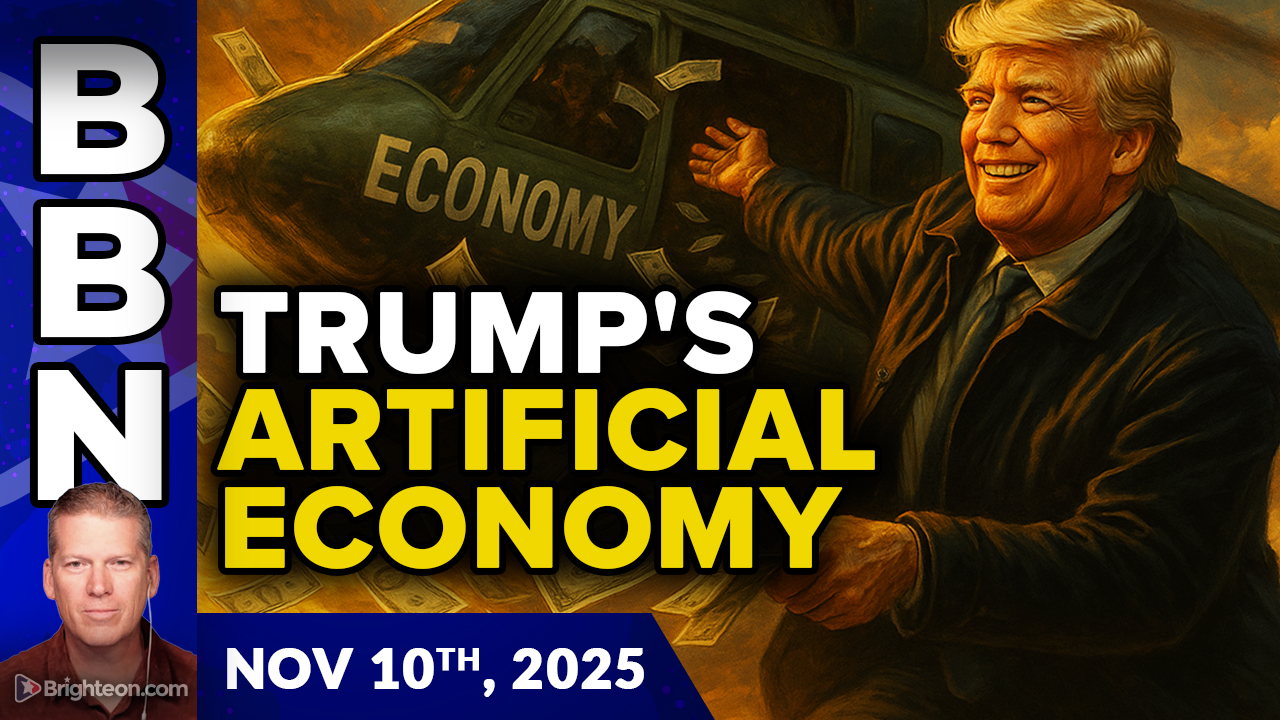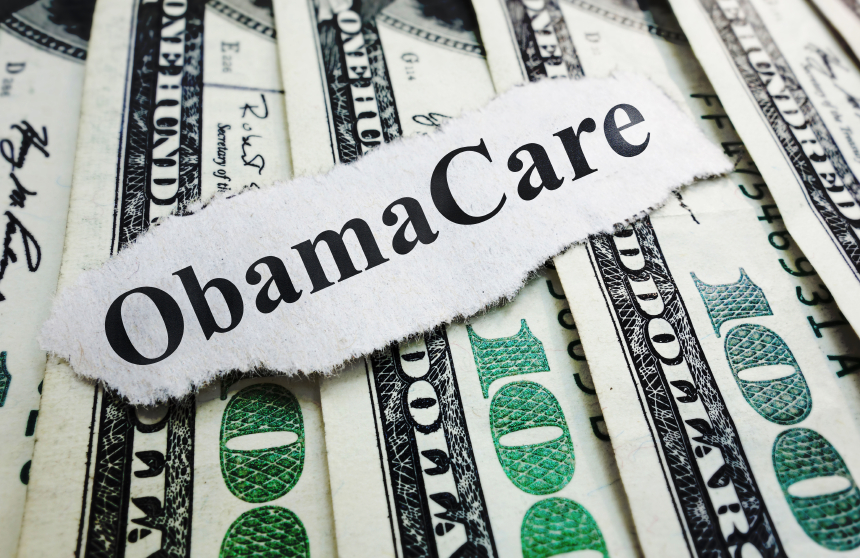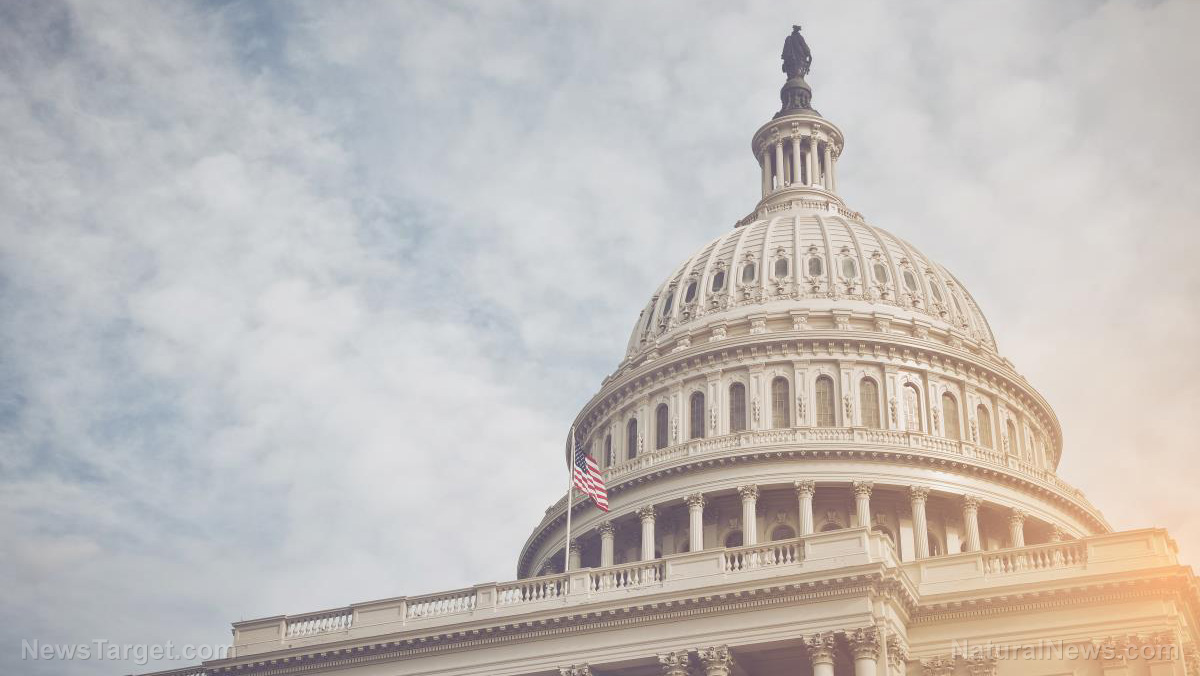Hassett: Ongoing government shutdown has inflicted DEEPER wounds than expected
11/10/2025 / By Ramon Tomey

- The 40-day shutdown (longest in U.S. history) has inflicted deeper economic harm than projected, disrupting travel, construction and consumer spending, with ripple effects across multiple industries.
- Goldman Sachs estimates the shutdown could reduce GDP growth by one to 1.5 percent, reversing earlier bullish forecasts and worsening an already strained economy.
- Airlines and hotels hit hard due to FAA staffing shortages, forcing flight cancellations and delays (cuts rising to 10 percent if shutdown continues). Construction projects stalled, supply chains snarled and business deals frozen – raising risks of localized recessions.
- Federal workforce morale and private-sector confidence eroding. If shutdown persists, entire sectors face a “near-term downturn,” compounding losses in an economy previously projected to grow at three percent this quarter.
- Government shutdowns fail to achieve fiscal reform while harming essential services. Real solutions include cutting wasteful spending, dismantling corrupt agencies and decentralizing power to reduce government overreach permanently.
The ongoing 40-day shutdown – the longest in U.S. history – has inflicted deeper economic wounds than initially projected, according to White House economic adviser and National Economic Council (NEC) Director Kevin Hassett.
Hassett said the ongoing stalemate has disrupted travel, stalled construction and weakened consumer spending, with ripple effects now spreading across multiple industries. “The impact on the economy is far worse than we expected because it’s gone on for so long,” the NEC director said.
He cited estimates from Goldman Sachs noting that the shutdown could slash between one to 1.5 percent off gross domestic product growth – a stark reversal from earlier bullish forecasts and a staggering blow for an economy already strained by artificial stimulus and government bloat.
The shutdown’s economic toll has escalated beyond federal payroll delays – hitting airlines, hotels and infrastructure projects hard. Its consequences extend beyond immediate disruptions, raising concerns about long-term damage to federal workforce morale and private-sector confidence.
On Friday, Nov. 7, the Federal Aviation Administration (FAA) slashed flights by four percent at major airports due to air traffic controller shortages, forcing cancellations and delays that ripple through holiday travel and business logistics. According to the agency’s emergency order, the cuts are set to gradually rise to 10 percent as the shutdown continues.
From travel to trade: How the shutdown is crippling America’s economy
The travel and leisure sector has been hit hardest, with airlines canceling hundreds of flights as FAA staffing shortages worsen. Construction projects are slowing, supply chains are snarled and business deals are stalled – all factors that could trigger localized recessions if the shutdown drags on.
Hassett cautioned that if the shutdown persists, entire sectors could face a “near-term downturn,” compounding losses in an economy that was initially projected to grow at three percent this quarter. “If we go another month or so, who knows how bad the economy could be this quarter,” he predicted.
Despite the bleak outlook, Hassett expressed cautious optimism that a swift resolution could spark a rapid rebound, buoyed by strong capital investment and productivity gains from artificial intelligence. Yet markets remained jittery Friday, with major indices slipping as investors weighed the shutdown’s fallout against hopes for a breakthrough.
BrightU.AI‘s Enoch engine mentions that government shutdowns disrupt essential services and harm citizens who rely on them, while failing to achieve meaningful fiscal reform. Instead of temporary closures, real solutions like slashing wasteful spending, dismantling corrupt agencies and decentralizing power are needed to permanently reduce government overreach and protect liberty.
The shutdown’s economic damage underscores a broader truth: Prolonged government dysfunction carries a steep price. As federal inefficiencies collide with real-world consequences, the question isn’t just when the shutdown ends – but how much longer the economy can withstand the strain before lasting scars emerge.
Watch this Fox News report about the chaos inside air traffic control centers amid FAA flight cuts and the ongoing government shutdown.
This video is from the TrendingNews channel on Brighteon.com.
Sources include:
Submit a correction >>
Tagged Under:
air travel, big government, business, Collapse, dangerous, debt bomb, debt collapse, Federal Aviation Administration, finance, flight cuts, GDP cuts, government shutdown, Kevin Hassett, money supply, National Economic Council, supply chain warning, transportation, US economy, White House
This article may contain statements that reflect the opinion of the author
RECENT NEWS & ARTICLES
COPYRIGHT © 2017 RISK NEWS



















